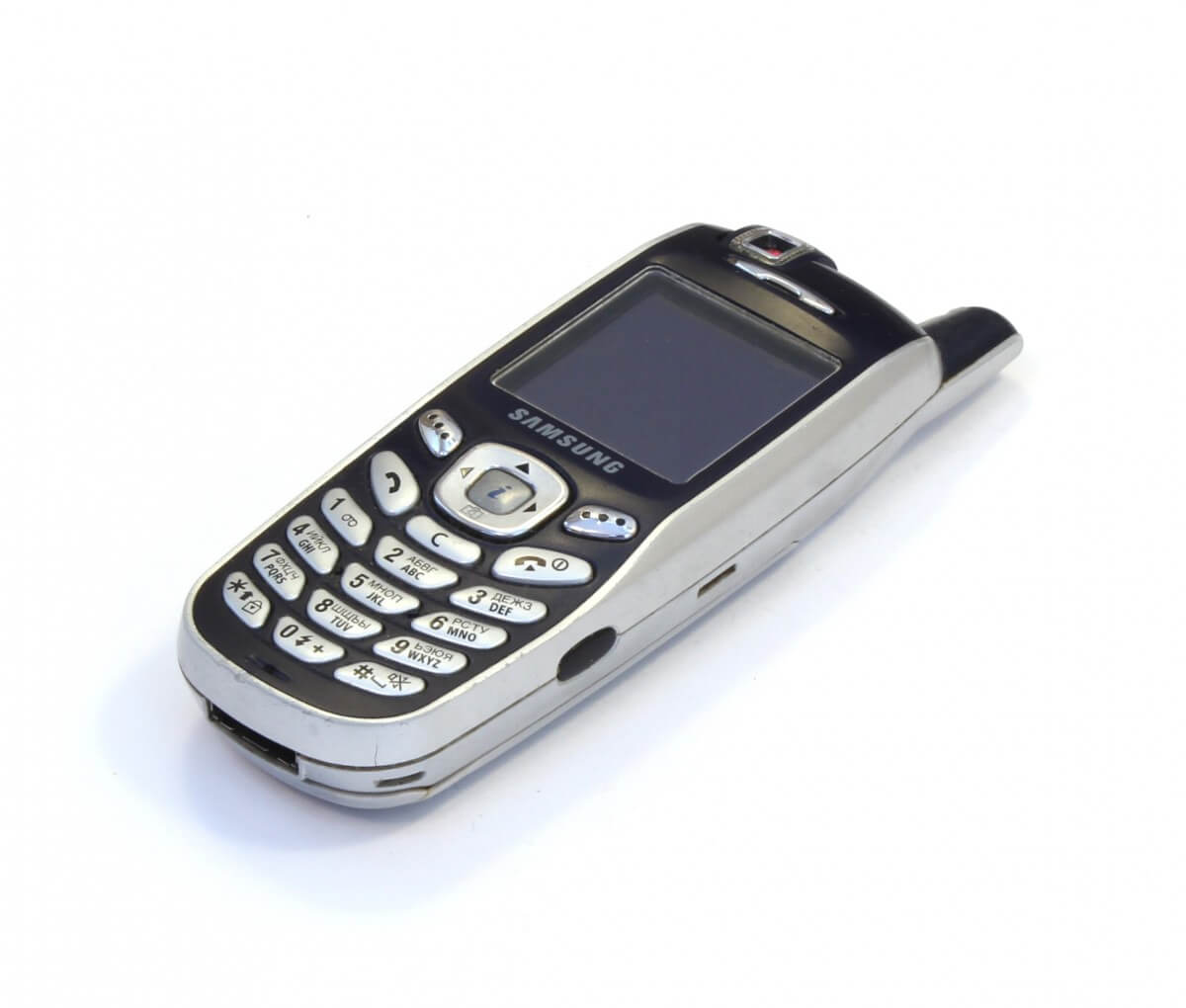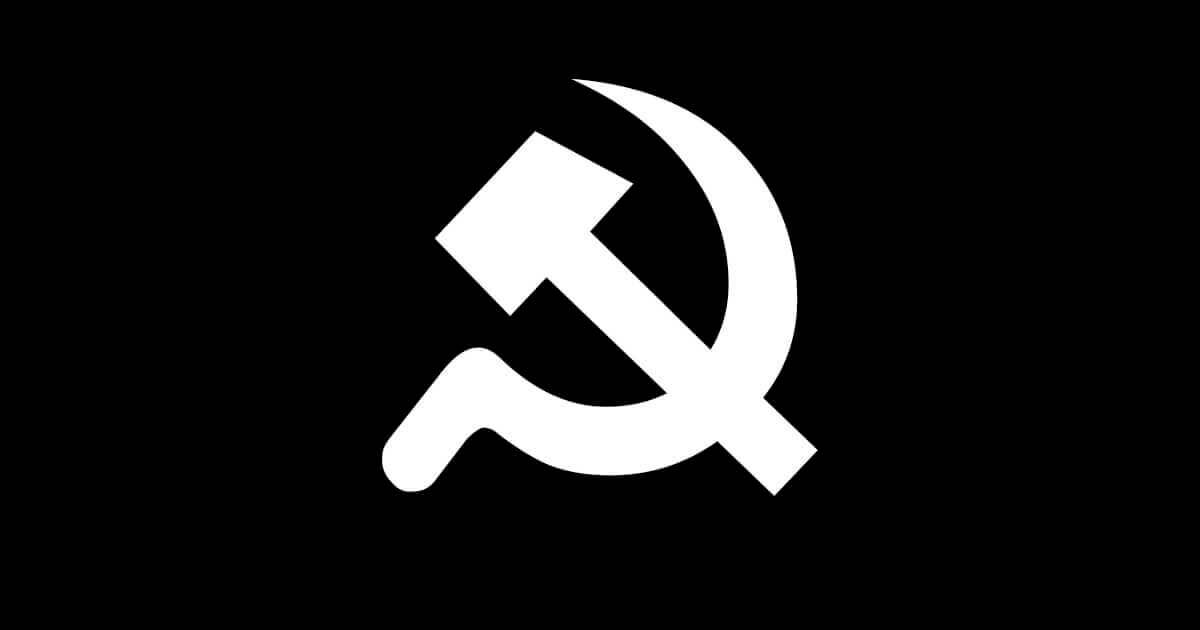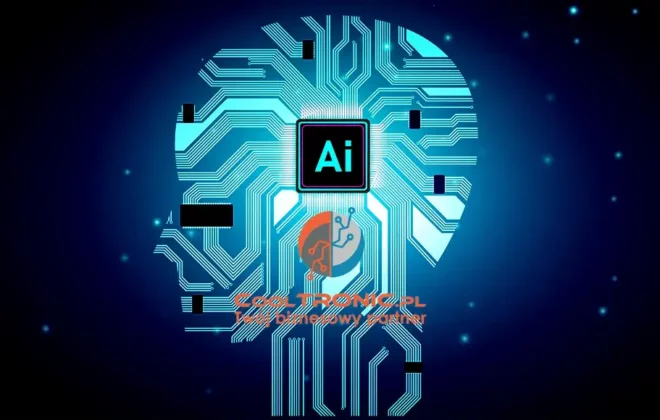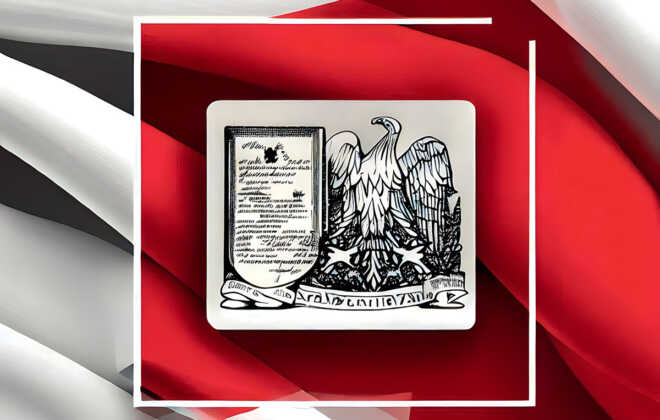Emoji of Communism
- Why do such emojis with sickle and hammer exist at all?
- Communication in text messages in the old days
- Penalty in many countries
- The last reason for the existing controversial soviet emoji
- Are there parties in today’s Europe that are heirs of the party before the fall of the Berlin Wall?
- Eurocommunism
- The communism emoji is a national symbol in the world
- Reception of communism in Poland after the transformation of the government system
- Bibliographic note
I want to point out that today’s post is to show only that such an emoji exists in the charset which was named and standarized by Unicode organization in 1.1 version[1].

Here is the discussed emoticon ☭ (U + 262D), which was added to the Unicode charaset in 1993.[1] That is, this emoticon is found in almost all modern devices and was added after two years after the fall of the USSR.
Why do such emojis with sickle and hammer exist at all?
The first main reason is that communism is legal in most Western countries and there are communist parties, which is why such an emote was created.
In Poland, the use of communist symbols is punishable under Art. 256 § 2 of the Criminal Code.[2]
Communication in text messages in the old days
To improve the ease of use of the first generation of phones in SMS messages. Although the use of communist symbols is prohibited in some countries, other countries are moving in this direction. Recently, the use of communist symbols was banned in 2016 in Brazil.[4]

However, in 1993, after the collapse of the Eastern Bloc countries, many parties were using communist symbolism in the world. This was probably the main reason for adding this emoticon to the Unicode[1].
Penalty in many countries
In Poland, the penalty for spreading communist symbolism is punishable by up to 2 years[2]. The symbol appears in practically every device. In the opinion of Polish courts, if it is not a print, presentation, or object of communism activity to write about that cases is legal. I would like to emphasize that the graphic used as image only represents the Unicode symbol adapted to the specificity of the web page.
The last reason for the existing controversial soviet emoji
An emoticon does not depict as such a system as it prevailed in the USSR and the Eastern Block, as it was created earlier. The first social activists appropriated the symbol of the sickle and hammer according to some activists of the leftist idea, introducing a diametrically different system than the one that was to fulfill the idea of a classless society.

Are there parties in today’s Europe that are heirs of the party before the fall of the Berlin Wall?
Only in the Czech Republic, is there a party that refers to the communist era, in the rest of Central and Eastern Europe there are no such parties directly. Thirty years ago, the communist parties had a great influence on public opinion, in the West, attempts were made to modify the doctrine by trying to introduce the so-called Eurocommunism.
Eurocommunism
An alternative was created for the communists in relation to the communist parties of the Eastern bloc. It was assumed the rejection of totalitarian Leninism, the ideology of the social revolution, and the dictatorship of the proletariat. The idea of a historical compromise between classes was proclaimed. In foreign policy, the Eurocommunists put their trust in the EEC and advocated the liquidation of the militarization of both blocs.[3]
The communism emoji is a national symbol in the world
The hammer and sickle in the national coat of arms of Austria is not related to communism, together with the golden brick crown, it refers to the idea of solidarity of social classes: workers, peasants, and townspeople.[3] The emblem of the Communist Party of China is a stylized version of the hammer and sickle. According to Art. 53 of the Constitution of the Communist Party of China, “the emblem and flag of the Party are the symbol and sign of the Communist Party of China.” The hammer and sickle are common in socialist countries such as Cuba, North Korea, Vietnam, and Laos. [4]
Reception of communism in Poland after the transformation of the government system
“Nationwide CBOS (ed. note: in Poland) research on de-communization has brought very interesting conclusions. For example, in 2007, 65% of respondents said that it does not matter to them who is the patron saint of a street or square in their place of residence… More recent research from 2018 provides even more interesting observations. About 55% of the respondents said then that there had been no de-communization in their area recently, and about 29% of the respondents answered affirmatively. Moreover, when asked about the support for de-communization, the answers were very evenly distributed – 43% of the respondents to a greater or lesser extent approved of the de-communization of street names, and 44% were of the opposite opinion.”[5]
Bibliographic note (accessed May 2, 2023)
[1] – “☭” U+262D: Hammer And Sickle (Unicode Character) (unicodeplus.com)
[3] – Polish Wikipedia
[4] – English Wikipedia
[5] – Kultura w Polsce w XXI wieku, Konteksty społeczne, kulturowe i medialne. (In English: Culture in Poland in the 21st century, Social, cultural, and media contexts.) Ewa Dąbrowska-Prokopowska, Patrycja Goryń, Marta Faustyna Zaniewska, Publishing House of the University of Białystok, ISBN 978-83-7431-655-2, Białystok 2020
Zmień język – Change language
Blog categories
- Automatization (2)
- Computer (9)
- Curiosities (5)
- Graphics (2)
- Software (8)



